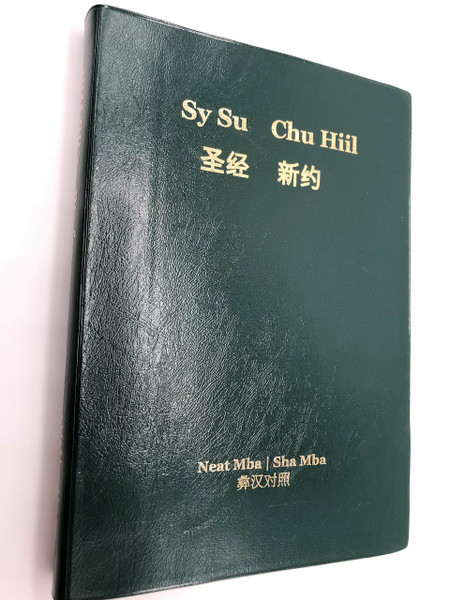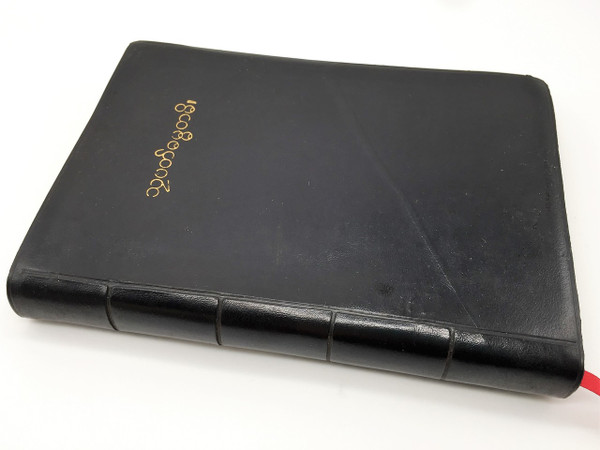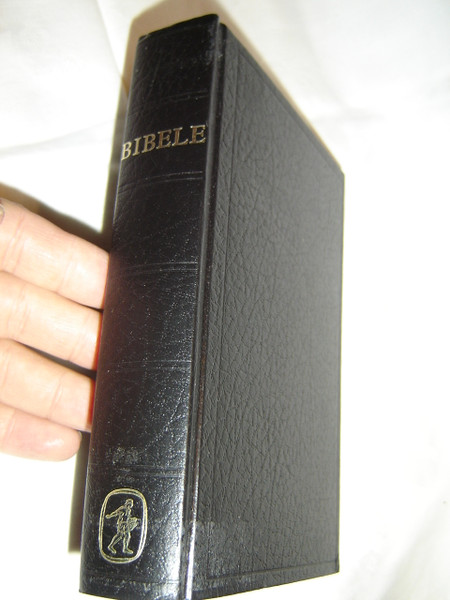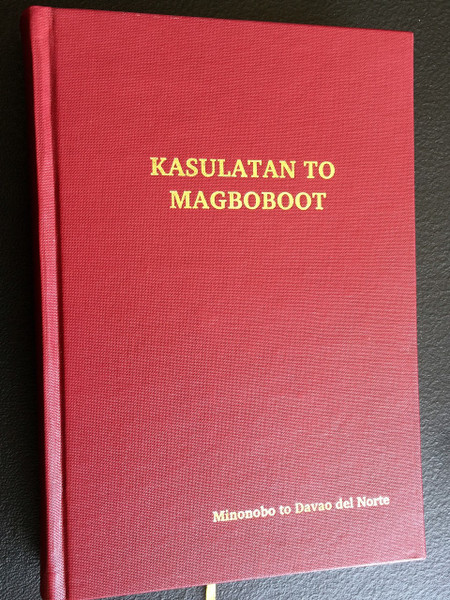Description
Liangshan Yi-Nuosu – Chinese New Testament
Yi-Nuosu language is spoken by 2.7 million people in the Liangshan Prefecturate of Sichuan Province in China
Product Features
- Format: Vinyl Bound
- Publisher: Verlag für Theologie und Religionswissenschaft (2005)
- Language: Liangshan Yi-Nuosu and Mandarin Chinese
- ISBN: 393796522X / 9783937965222 / 978-3937965222
- Pages: 1,042
- Edition: 1st
Overview
The Liangshan Yi-Nuosu – Chinese New Testament is a unique parallel edition, featuring the New Testament in both Liangshan Yi-Nuosu and Mandarin Chinese. This edition marks the first publication of Bible parts in the Yi-Nuosu language, spoken by 2.7 million people in the Liangshan Prefecture of Sichuan Province, China. The translation is based on the Greek New Testament and was completed over nine years by a dedicated team.
The Chinese text is a revised version of the 85-year-old Chinese Union Version (Heheben Version). This comprehensive volume includes a 300-page appendix with a Nuosu-Chinese wordlist, a Nuosu word index, a Chinese word index, a small topical lexicon, six Middle East maps, and a Nuosu syllabary.
Interesting Facts
- Language Significance: This publication represents the first Bible parts in the Yi-Nuosu language, spoken by 2.7 million people.
- Translation Effort: The translation took nine years and was based on the Greek New Testament.
- Comprehensive Appendices: Includes a 300-page appendix with valuable resources such as a Nuosu-Chinese wordlist, indexes, a topical lexicon, maps, and a Nuosu syllabary.
- Parallel Edition: Features both Liangshan Yi-Nuosu and Mandarin Chinese texts, making it a valuable resource for linguistic and religious studies.
Publishers
Verlag für Theologie und Religionswissenschaft (2005)
Hashtags
#LiangshanYiNuosu #NewTestament #ParallelEdition #BilingualBible #VinylBoundBible #VerlagfürTheologieundReligionswissenschaft #YiNuosuLanguage #ChineseBible #BibleStudy #ReligiousText #SpiritualGrowth
内容简介
《凉山彝语诺苏语 – 中文新约圣经》是一部独特的平行版,包含凉山彝语诺苏语和普通话的新约圣经。这是首次出版包含用凉山彝语诺苏语书写的圣经部分,凉山彝语诺苏语是四川省凉山州270万人使用的语言。翻译基于希腊文新约,由一个团队历时九年完成。
中文文本是对已有85年历史的《和合本圣经》的修订版。此书包含一个300页的附录,其中包括诺苏汉语词汇表、诺苏语词索引、汉语词索引、小型主题词典、中东六幅地图和诺苏音节表。
有趣的事实
- 语言重要性: 此出版物是首次用凉山彝语诺苏语书写的圣经部分,凉山彝语诺苏语是270万人使用的语言。
- 翻译努力: 翻译基于希腊文新约,历时九年完成。
- 全面的附录: 包含300页的附录,提供宝贵资源,如诺苏汉语词汇表、索引、主题词典、地图和诺苏音节表。
- 平行版: 包含凉山彝语诺苏语和普通话文本,是语言和宗教研究的宝贵资源。
出版社
Verlag für Theologie und Religionswissenschaft (2005)
主题标签
#凉山彝语诺苏语 #新约圣经 #平行版 #双语圣经 #乙烯基装订圣经 #宗教与神学出版社 #彝语诺苏语 #中文圣经 #圣经研究 #宗教文本 #灵性成长
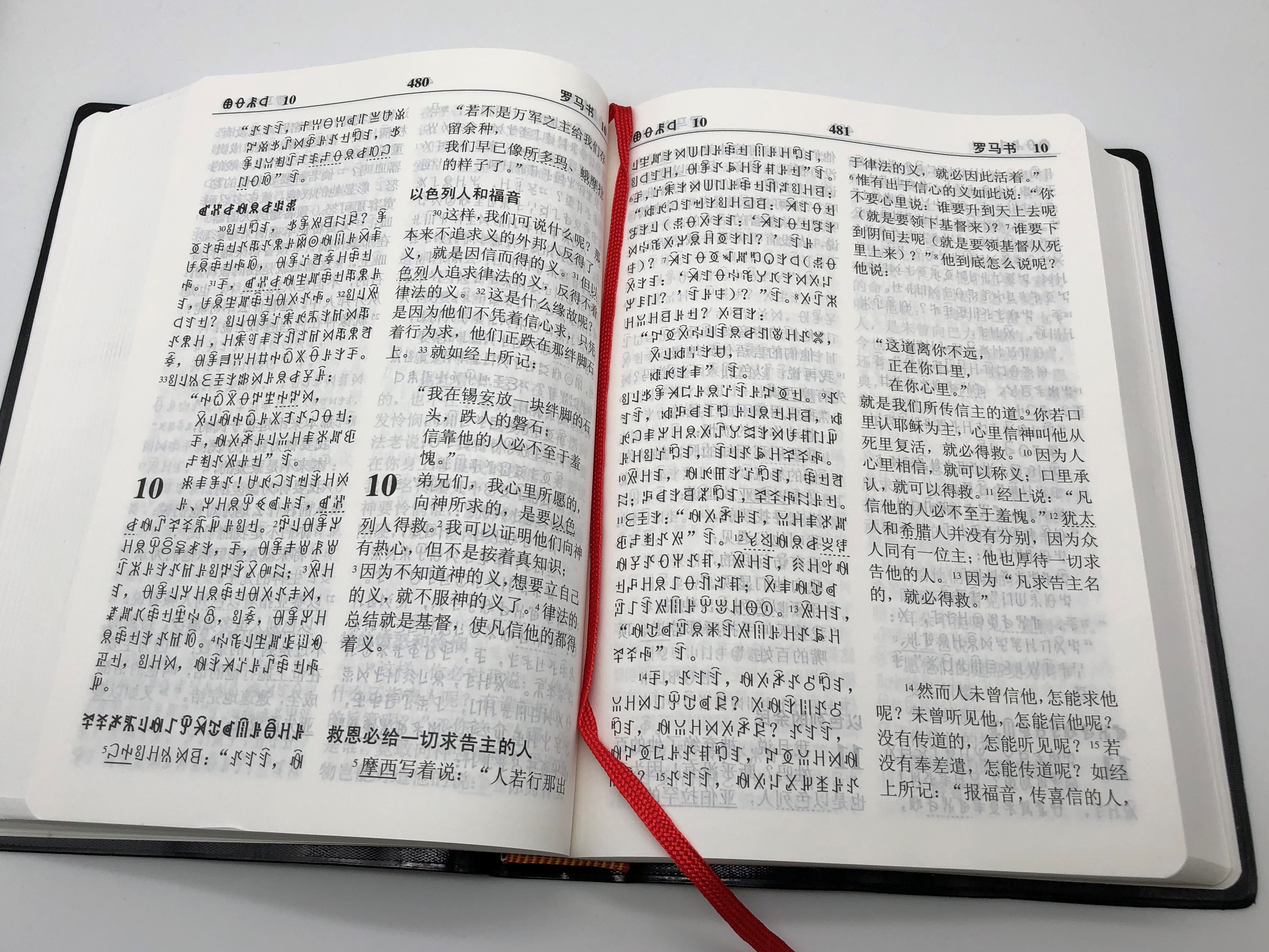
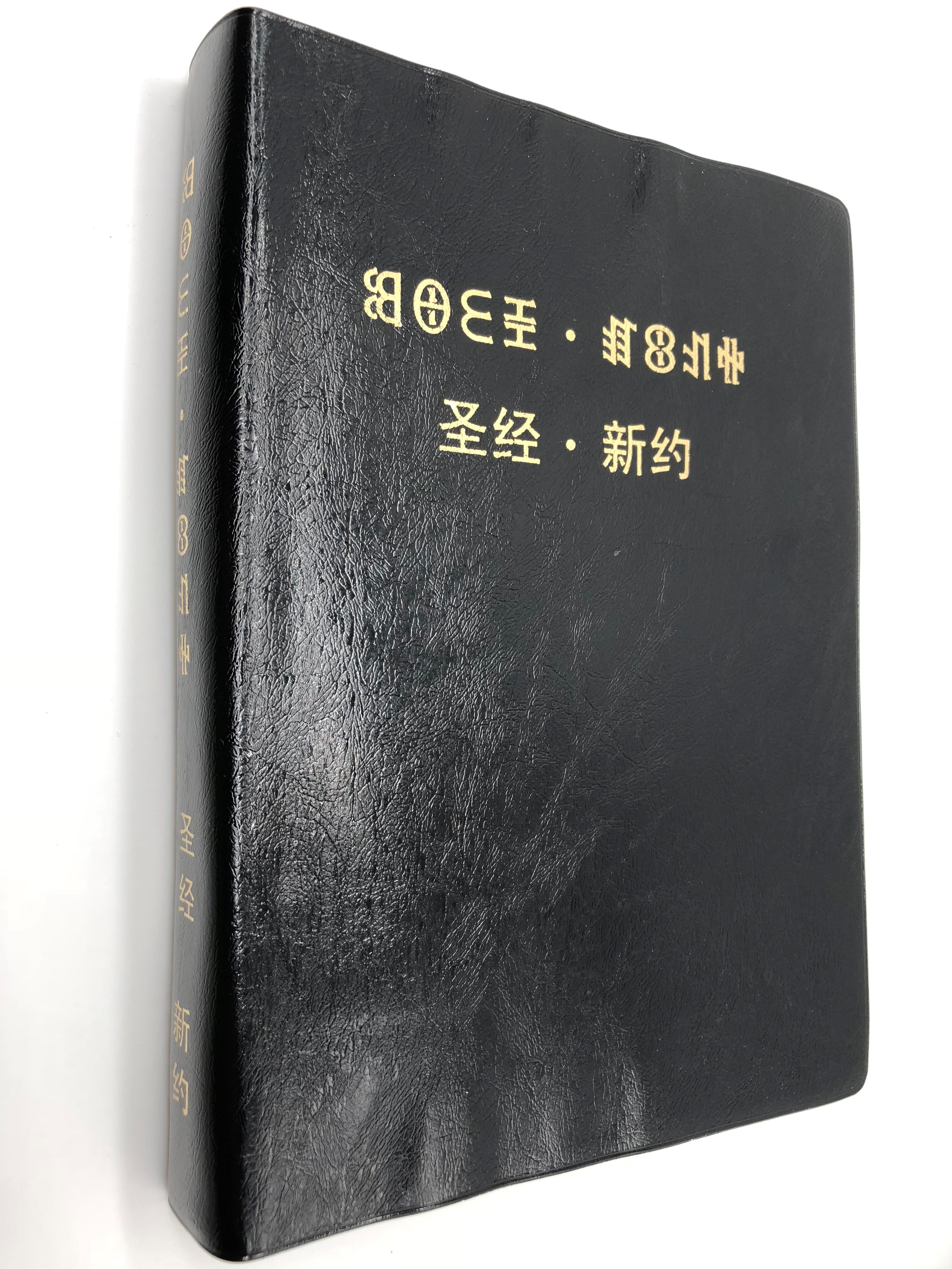
Nuosu or Nosu (ꆈꌠꉙ, pronunciation: Nuosuhxop), also known as Northern Yi, Liangshan Yi, and Sichuan Yi, is the prestige language of the Yi people; it has been chosen by the Chinese government as the standard Yi language (in Mandarin: Yí yǔ, 彝語/彝语) and, as such, is the only one taught in schools, both in its oral and written forms. It was spoken by two million people and was increasing as of (PRC census); 60% were monolingual (1994 estimate). Nuosu is the native Nuosu/Yi name for their own language and is not used in Mandarin Chinese; although it may sometimes be spelled out for pronunciation (nuòsū yǔ 诺苏语/諾蘇語), the Chinese characters for nuòsū have no meaning.
The occasional terms 'Black Yi' (Mandarin: hēi Yí 黑彝) and 'White Yi' (bái Yí 白彝) are castes of the Nuosu people, not dialects.
Nuosu is one of several often mutually unintelligible varieties known as Yi, Lolo, Moso, or Noso; the six Yi languages recognized by the Chinese government hold only 25% to 50% of their vocabulary in common. They share a common traditional writing system, though this is used for shamanism rather than daily accounting.
| Nuosu | |
|---|---|
| Northern Yi, Liangshan Yi, Sichuan Yi | |
| ꆈꌠꉙ Nuosuhxop | |
| Native to | China |
| Region | Southern Sichuan, northern Yunnan |
| Ethnicity | Yi people |
|
Native speakers
|
2 million (2000 census)[1] |
|
Standard forms
|
Liangshan (Cool Mountain) dialect
|
| Yi syllabary, formerly Yi logograms | |
| Language codes | |
| ISO 639-1 | ii Sichuan Yi, Nuosu |
| ISO 639-2 | iii Sichuan Yi, Nuosu |
| ISO 639-3 | iii Nuosu, Sichuan Yi |
| Glottolog | sich1238 Sichuan Yi[2] |























































